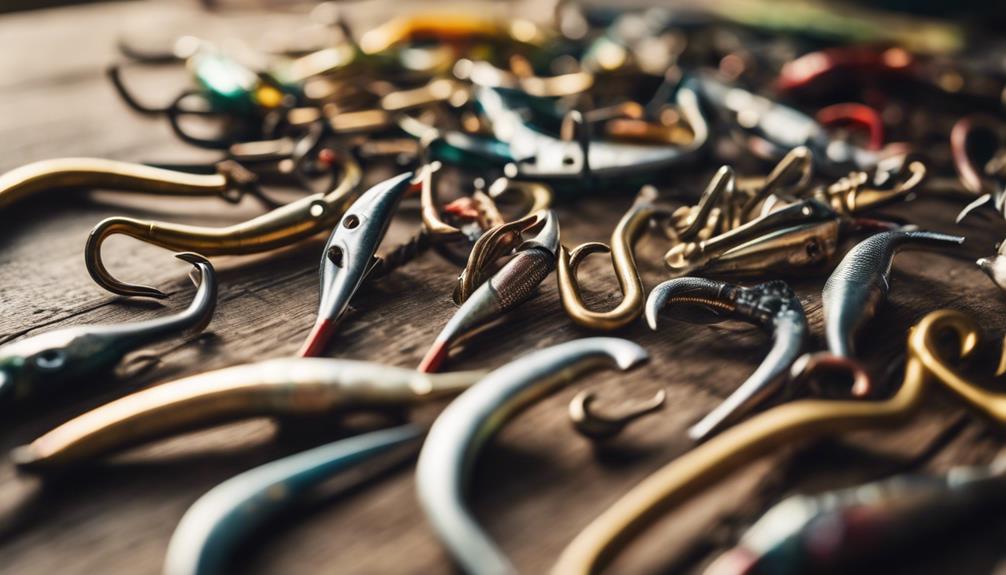Fishing is an age-old activity that has evolved into both a sport and a source of sustenance. Whether you’re a seasoned angler or a curious beginner, learning how to catch fish effectively can enhance your experience on the water. In this guide, we will explore various techniques, tips, and strategies to help you become a proficient fisherman.
The Basics of Fishing: Understanding the Essentials
Before diving into specific techniques on how to catch fish, it’s important to understand the basic essentials of fishing. This includes familiarizing yourself with the types of fishing gear available, such as rods, reels, lines, and hooks. Additionally, knowing the different species of fish and their habitats can significantly improve your chances of a successful catch. Freshwater and saltwater fishing require different approaches, so understanding your fishing environment is crucial.
Choosing the Right Bait: What Fish Want
A fundamental aspect of how to catch fish is selecting the right bait. Fish are attracted to various types of bait, which can be live, artificial, or natural. Live bait, such as worms or minnows, tends to be highly effective as it mimics the natural food source of fish. On the other hand, artificial lures come in various shapes, sizes, and colors, designed to entice fish through movement and reflection. Understanding the species you are targeting and their feeding habits will guide you in making the best bait choice.
The Importance of Fishing Techniques: Mastering Your Cast
Once you have your gear and bait ready, the next step in learning how to catch fish is mastering your fishing techniques. Casting is an essential skill that determines how well you can present your bait to the fish. There are various casting techniques, including the overhand cast, sidearm cast, and flip cast. Practicing these techniques can help you achieve greater distance and accuracy, increasing your chances of attracting fish. Additionally, understanding how to retrieve your bait—whether through a slow, steady pull or a quick jerk—can also make a significant difference in your fishing success.
Understanding Fish Behavior: Timing and Conditions Matter
Fish behavior is influenced by several factors, including time of day, weather conditions, and seasonal changes. Knowing when to fish can significantly impact your success rate. Early morning and late afternoon are often the best times for fishing, as fish tend to be more active during these cooler parts of the day. Seasonal variations also play a role; for instance, during the warmer months, fish might be found in shallower waters, while in winter, they may dive deeper. Keeping an eye on weather patterns and water temperature can help you choose the best times to go fishing.
Choosing the Right Location: Where to Cast Your Line
A critical aspect of how to catch fish is selecting the right fishing location. Different species of fish thrive in various environments, so it’s essential to know where to find them. Lakes, rivers, and oceans each present unique challenges and opportunities. Researching local fishing spots, such as piers, inlets, and underwater structures, can lead you to more productive areas. Additionally, consider the presence of vegetation, rocks, or drop-offs, as these features often attract fish seeking shelter or hunting grounds.
Equipment Maintenance: Keeping Your Gear in Top Shape
Proper maintenance of your fishing equipment is crucial for successful fishing. Regularly checking your rods, reels, and lines for wear and tear can save you from losing a big catch due to equipment failure. Cleaning your gear after each trip, especially if you’ve been fishing in saltwater, helps prevent corrosion and prolongs the life of your equipment. Additionally, replacing worn-out hooks and lines ensures that your gear performs optimally. A well-maintained set of tools is the backbone of any successful angler.
Practicing Patience and Observation: The Key to Success
When learning how to catch fish, patience is perhaps the most important virtue an angler must develop. Fishing is not just about technique; it’s also about waiting for the right moment to strike. Observing your surroundings, including the behavior of fish and other wildlife, can provide valuable insights into the best fishing practices. Take note of fish jumping, birds diving, or even the movement of water to identify active fishing zones. Patience, coupled with keen observation, can turn an average fishing day into a memorable one.
Safety First: Responsible Fishing Practices
Lastly, as you embark on your fishing journey, it’s essential to prioritize safety and responsible fishing practices. Always wear a life jacket when boating and be aware of your surroundings to avoid accidents. Additionally, familiarize yourself with local fishing regulations, including catch limits and protected species, to ensure that you’re practicing sustainable fishing. Respecting nature and the environment not only helps preserve fish populations but also allows future generations to enjoy the sport.
In conclusion, knowing how to catch fish involves a combination of understanding your tools, choosing the right bait and location, mastering techniques, and practicing patience. By incorporating these strategies into your fishing routine, you will enhance your chances of success and enjoy the serene experience that fishing offers. Whether you’re fishing for leisure or sport, the tips outlined in this guide will help you navigate the waters like a pro. Happy fishing!
